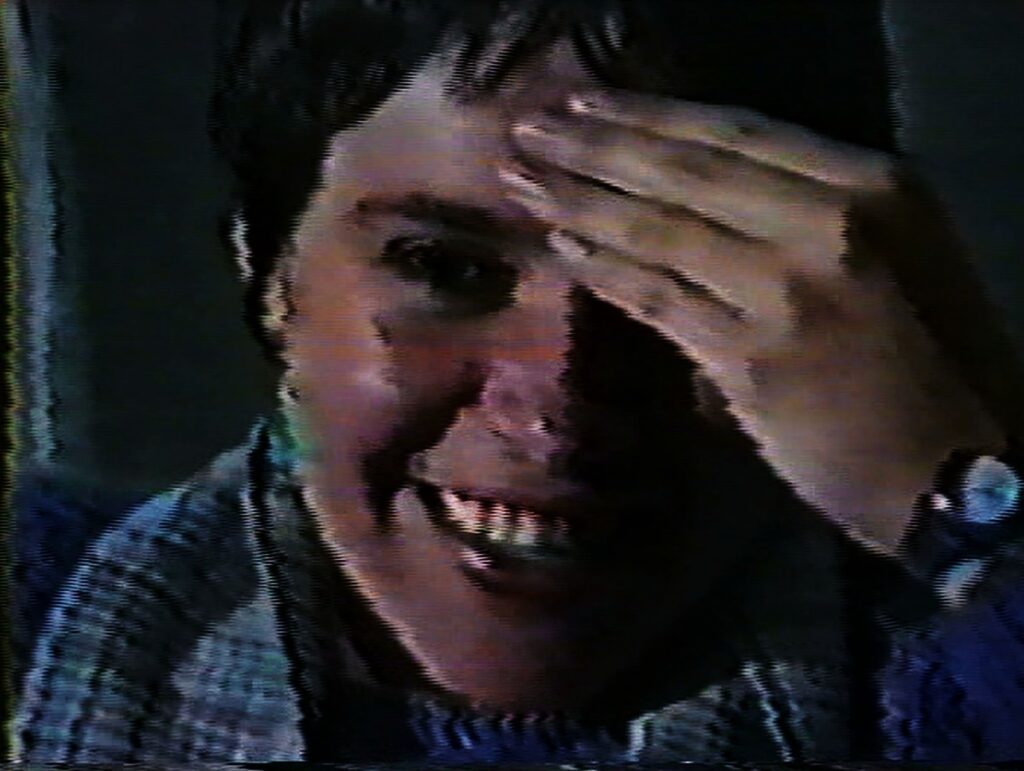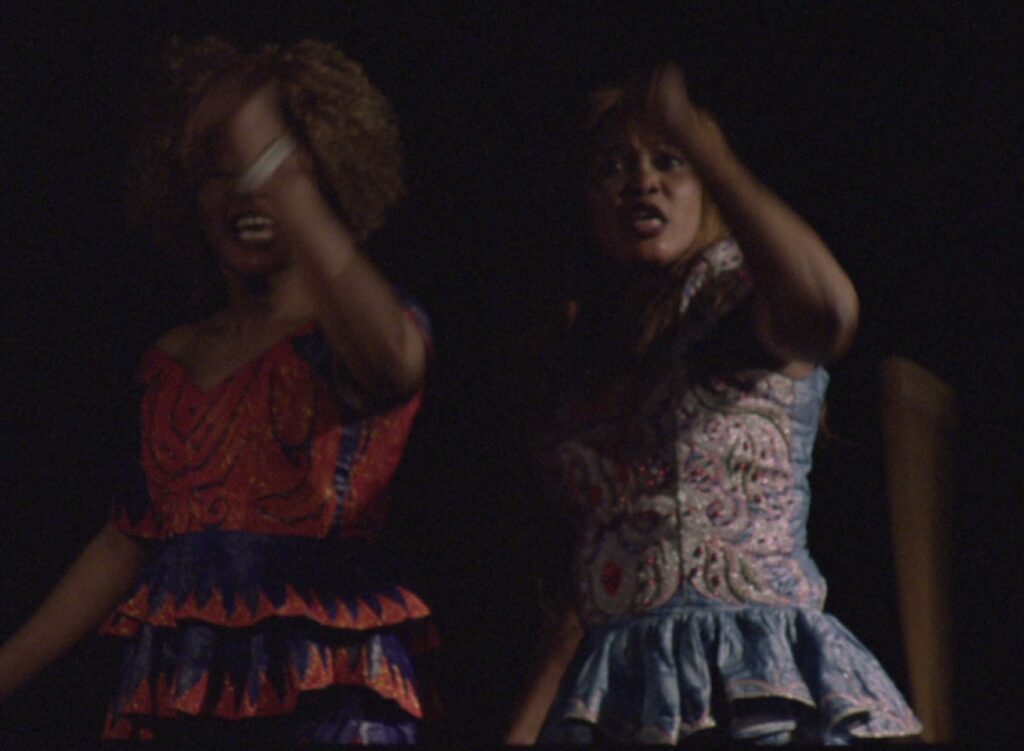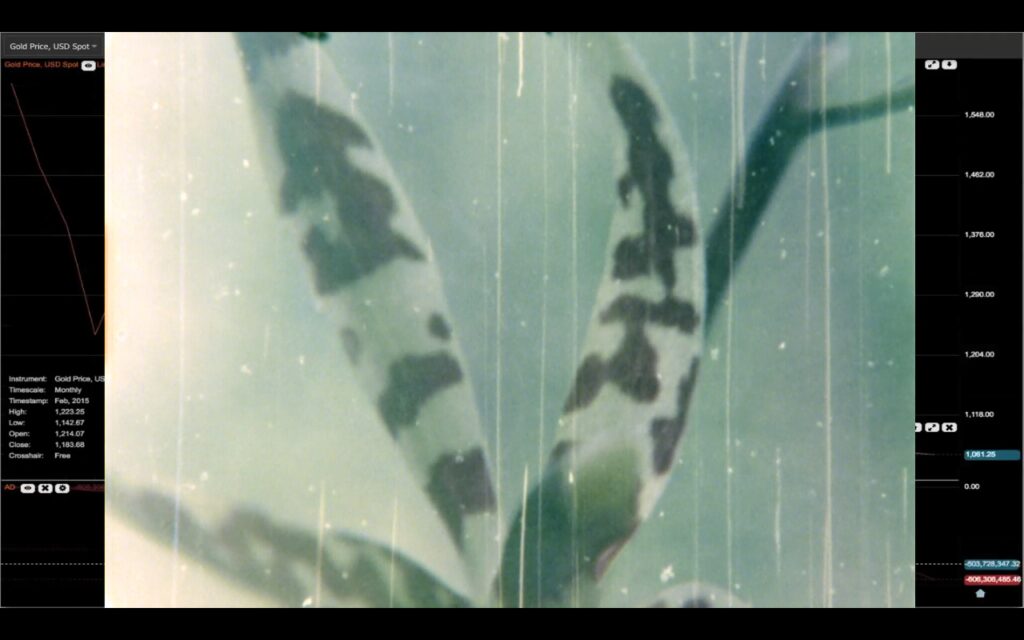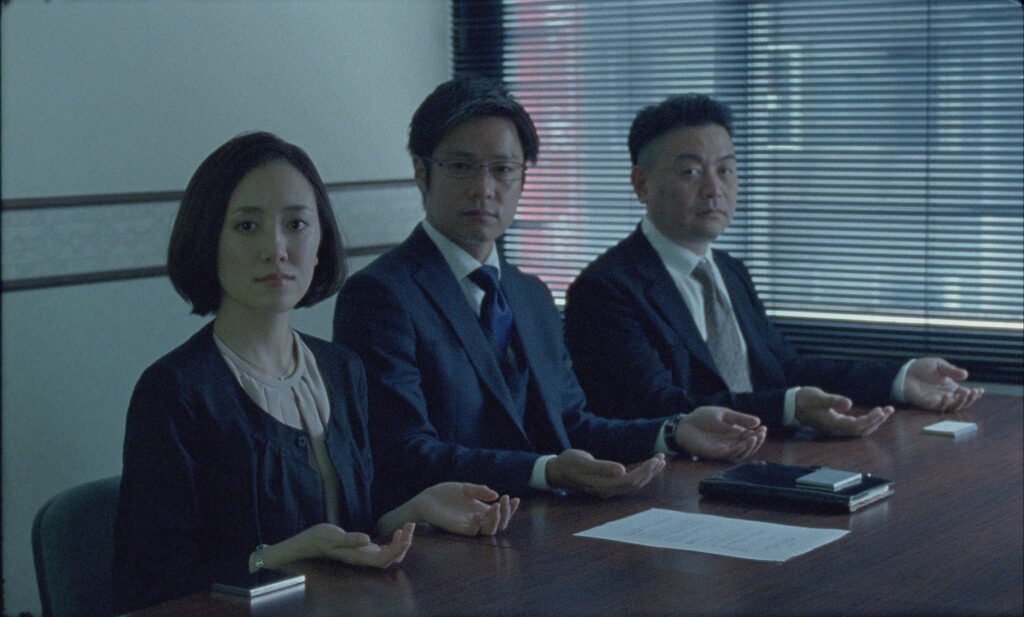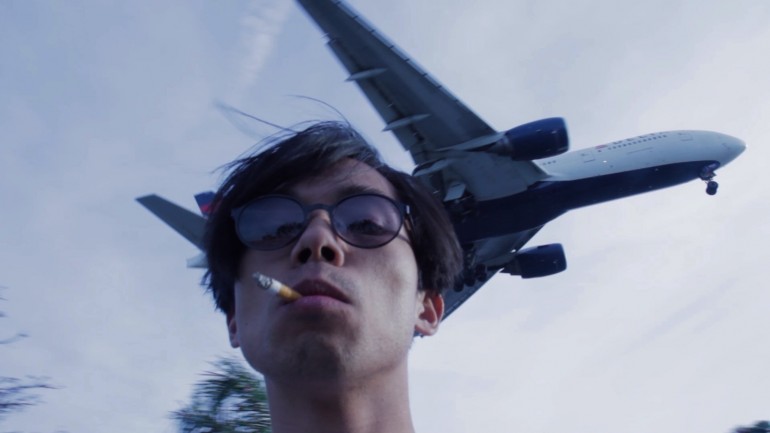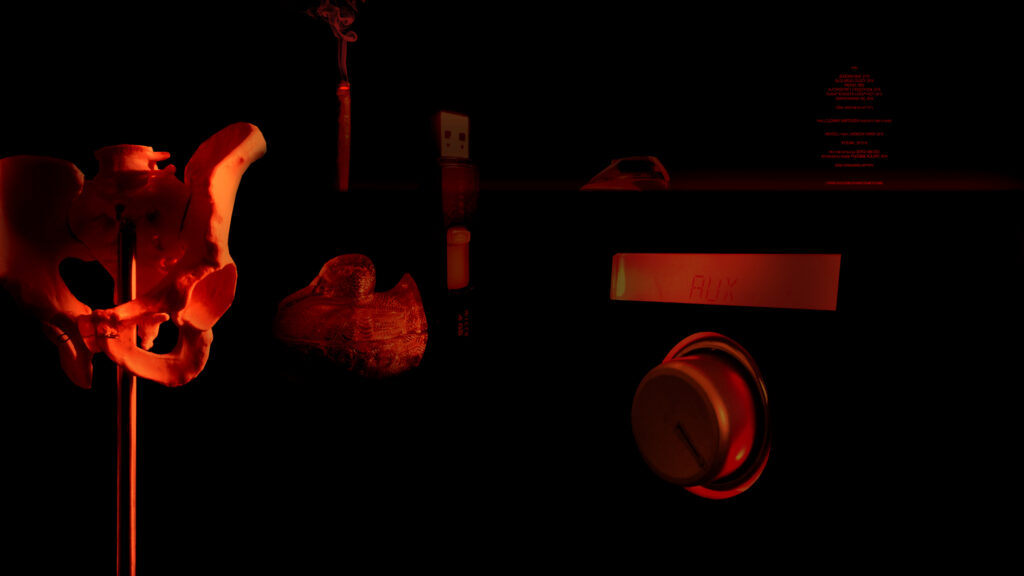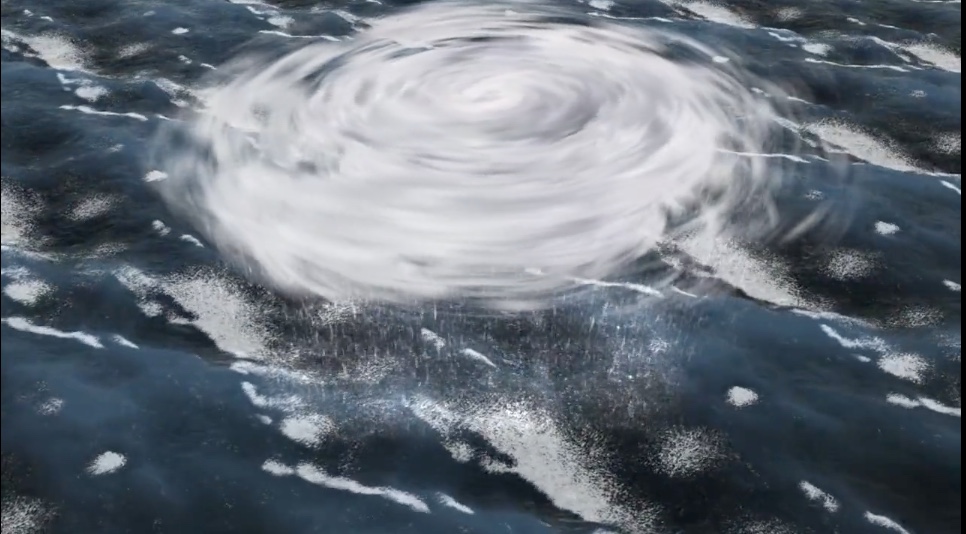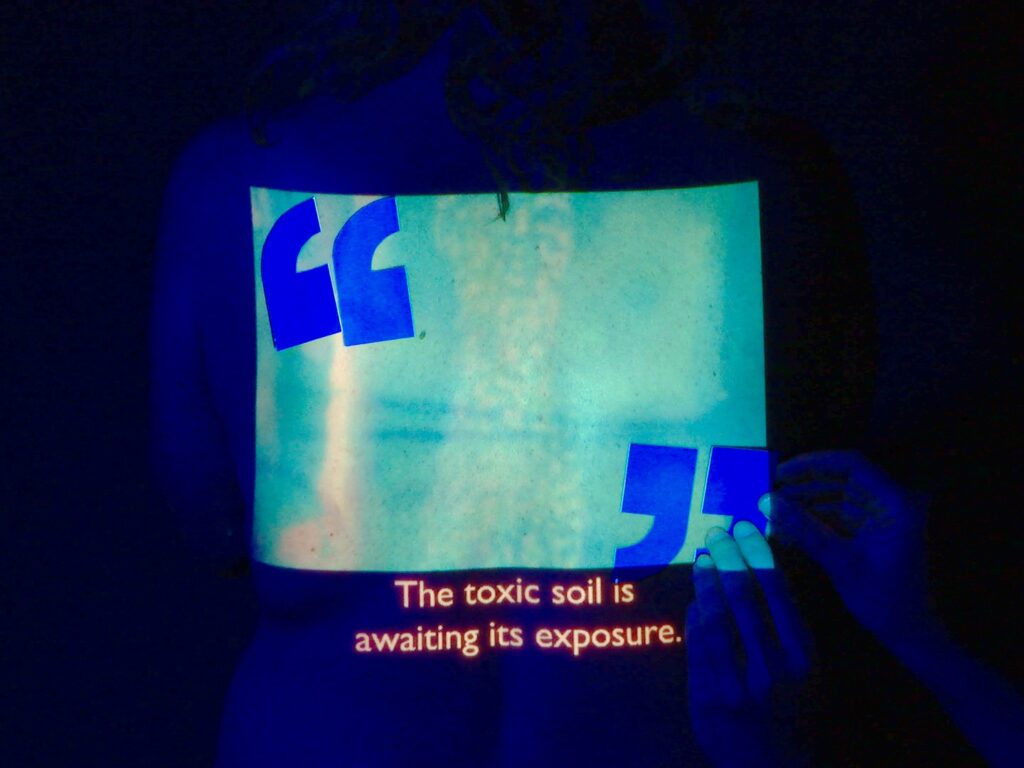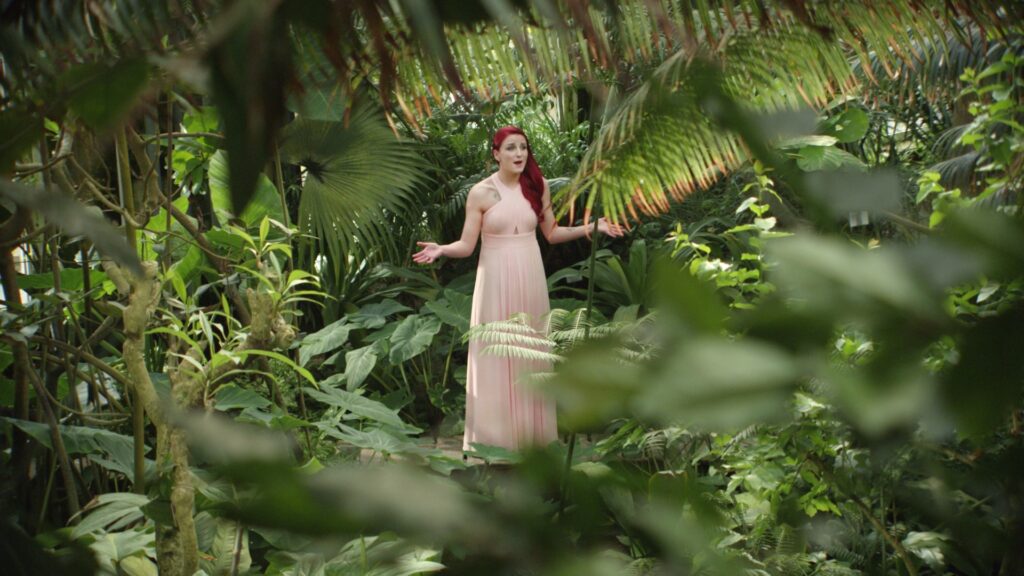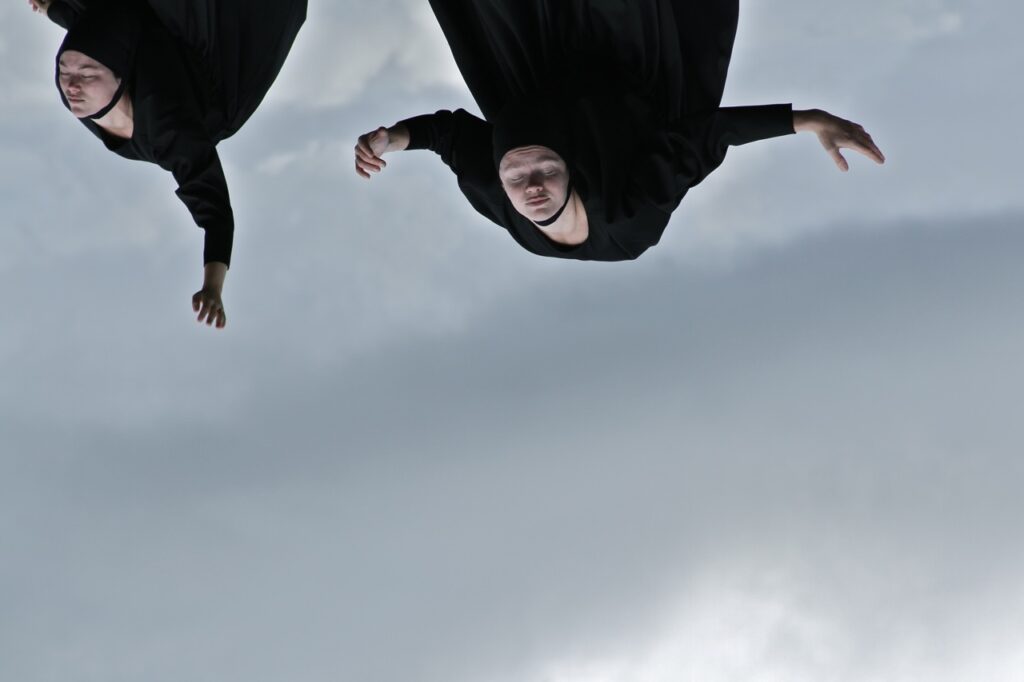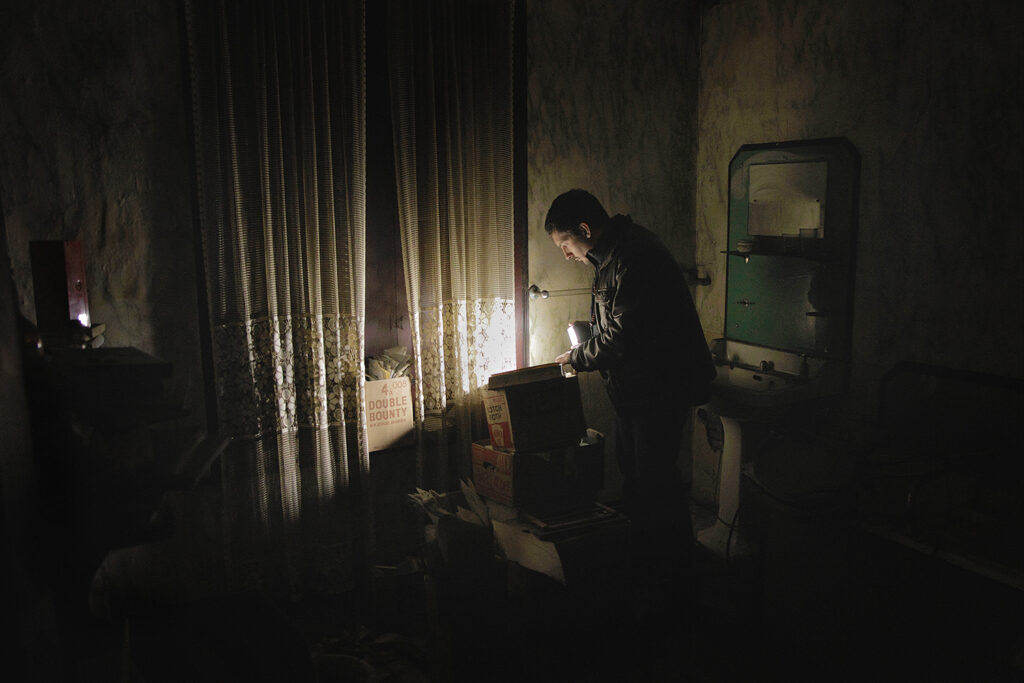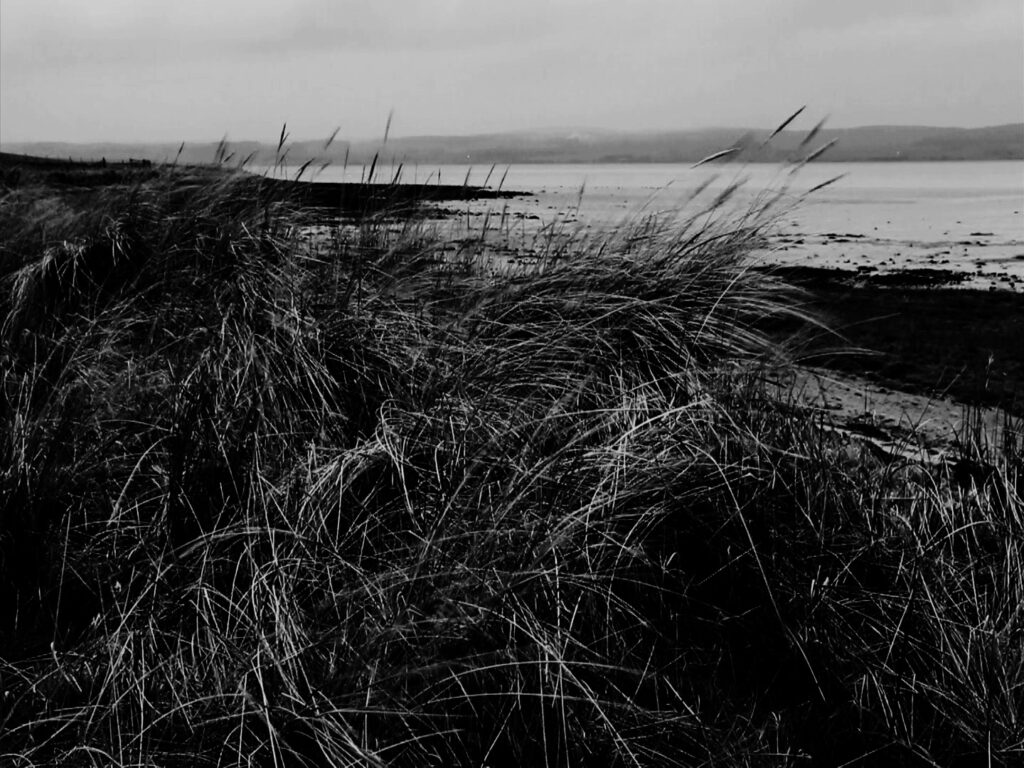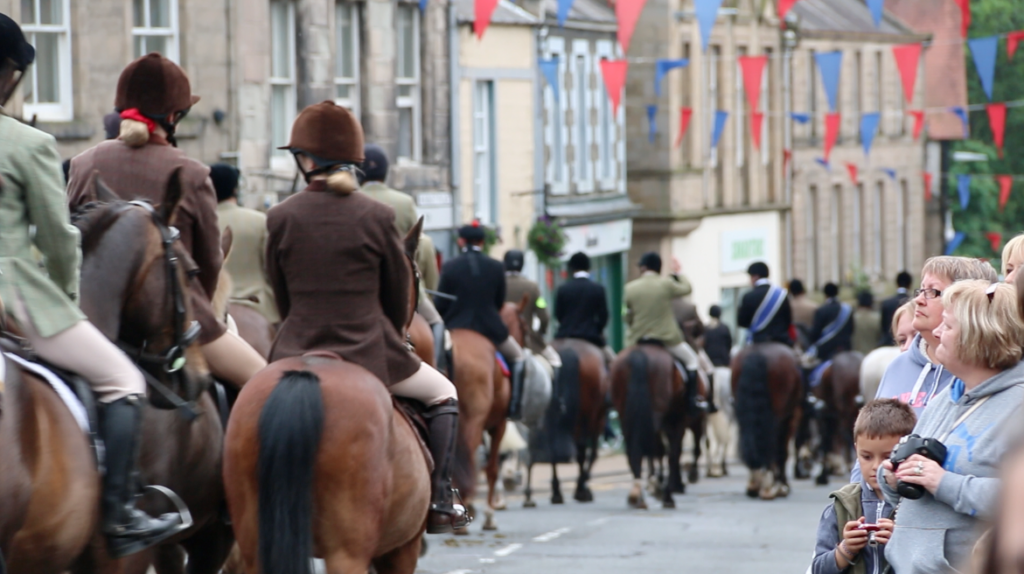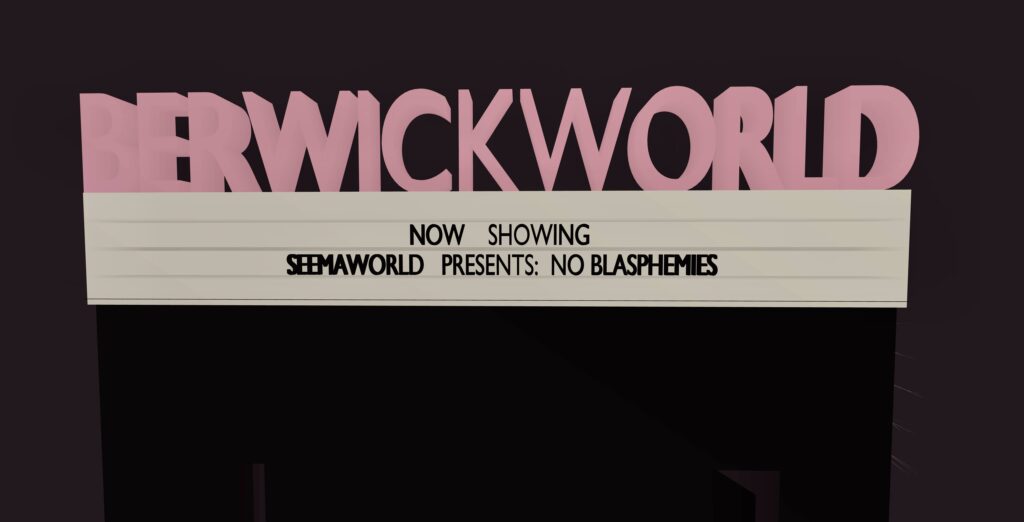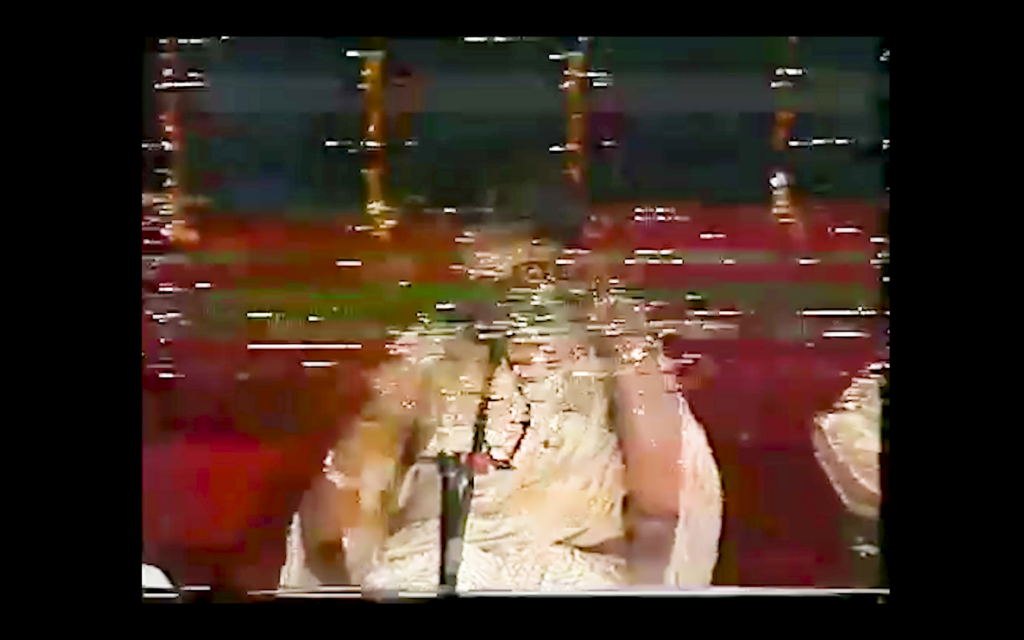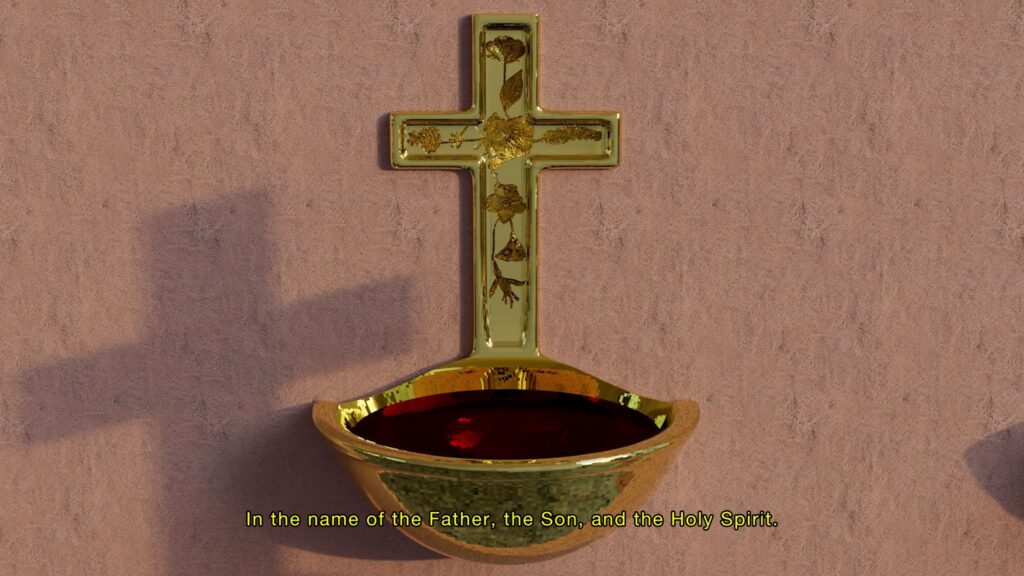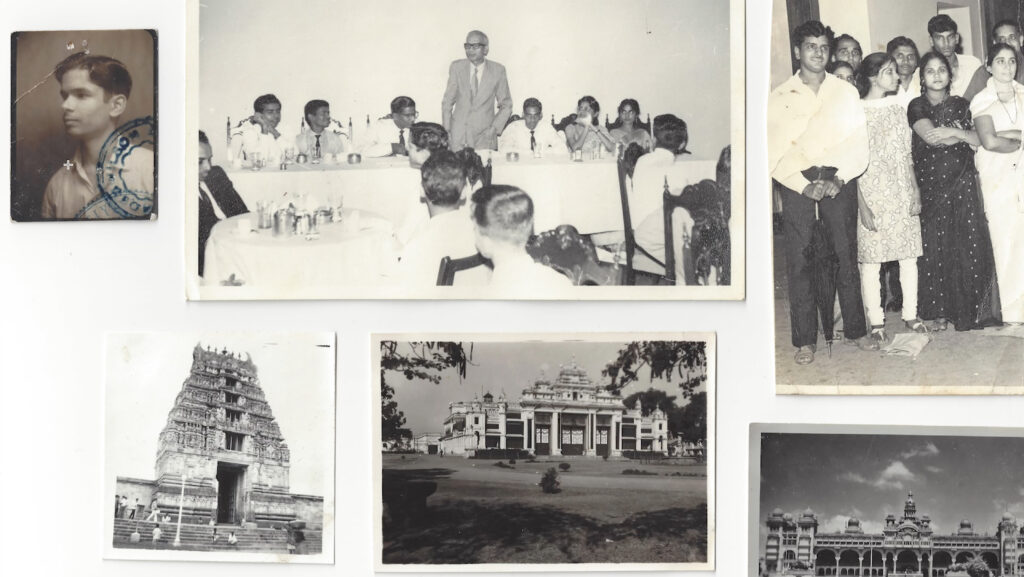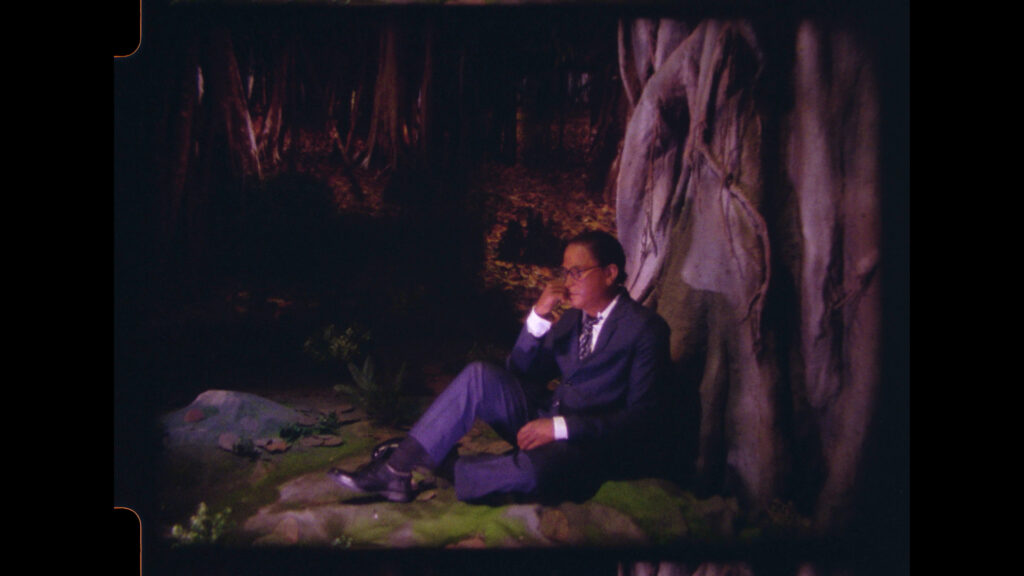Past (17)
Accompanying the Festival’s exhibitions programme, the Berwick New Cinema Competition features resolutely contemporary films that transgress restraints of genre, capital and expectation. Doubling in size since its first iteration in 2016, it is one of the Festival’s ambitions to develop dialogue around different presentation potentials for the moving image.
A drive towards liveness and agency provides a critical framework for selections.
This year’s jury are 2016 Berwick New Cinema Award winner Camilo Restrepo, artist and curator Amal Khalaf (Serpentine Gallery and GCC Collective) and film programmer Joanna Raczynska (National Gallery of Art, Washington).
SEEMAWORLD is an immersive, multi-channel realm and streaming facility. It’s comprised of the mimicry of multiple amenities and services—which act as portals to a specific aspect of SEEMAWORLD. An interactive installation, it shows born-digital artefacts alongside digitised works of traditional media.
As a colony of SEEMAWORLD, BERWICKWORLD transports viewers firmly into the cinematics of the cinema and magnifies Fan Labour as behaviour, thought and form. —Seema Mattu
Available online from Monday 13th September
Made between three locations, artist and filmmaker Sharlene Bamboat’s latest work is assembled through a call and response exchange of sound, text and image. Interested in the framework of voice, vibration, time, sound and language that quantum physics explores, Bamboat’s new film emerges from an exchange of theoretical entanglements but is practiced and rendered through bodily ones.
Language folds and falls in on itself in this new video work by artist duo Cat and Éiméar McClay. Animated 3D tableaus of Catholic paraphernalia and strikes of elemental weather accompany the words. Together, they enact the historically fraught relationship between queerness and the Catholic church.
Suneil Sanzgiri’s recent video trilogy is shown here, in full, for the first time. The series is bookended by his attempts to recreate the landscapes of his father’s birth place in Curchorem, Goa. All three films utilise an aesthetics of distance and proximity to gesture to tensions, possibilities and replications when we search for ourselves in the remnants of colonial histories.


